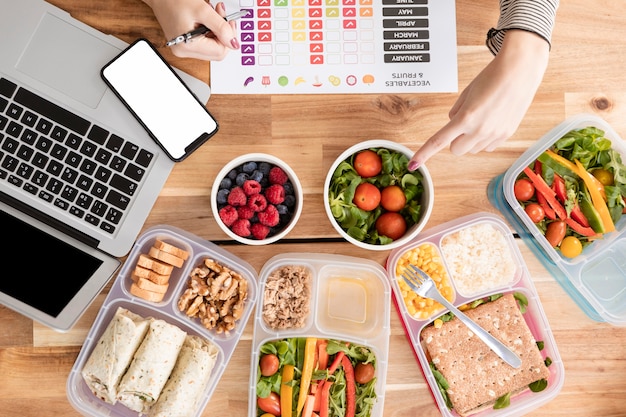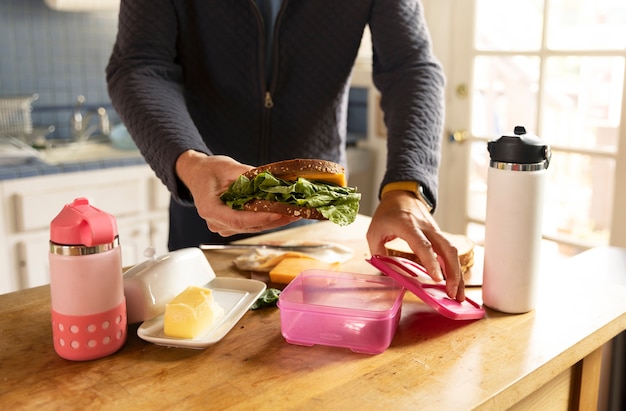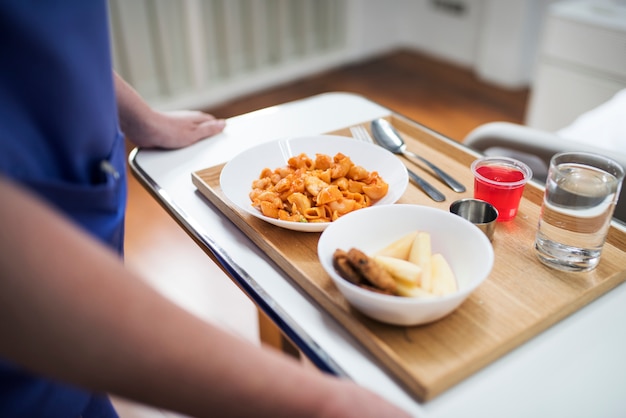Hormone-Balancing Weekly Meal Prep: A Beginner’s Guide to Energy, Mood, and Fitness Success
Feeling sluggish, moody, or stuck in your fitness journey? The answer might not be in your workout routine—but in your kitchen. Hormonal balance plays a crucial role in energy levels, metabolism, sleep quality, and emotional well-being. One of the most effective, beginner-friendly ways to support hormone health is through consistent, mindful meal prep.
This guide walks you through a simple, sustainable weekly meal prep blueprint designed to support balanced hormones—without overwhelming your schedule or requiring advanced cooking skills.
Why Meal Prep Matters for Hormone Health
Hormones like insulin, cortisol, estrogen, and thyroid hormones respond directly to what and when you eat. Blood sugar spikes, nutrient deficiencies, and inconsistent eating patterns can disrupt this delicate system. Weekly meal prep helps by:
- Stabilizing blood sugar with balanced meals
- Reducing stress-related cortisol spikes from last-minute food decisions
- Ensuring consistent intake of hormone-supportive nutrients (like fiber, healthy fats, and protein)
- Minimizing processed food consumption
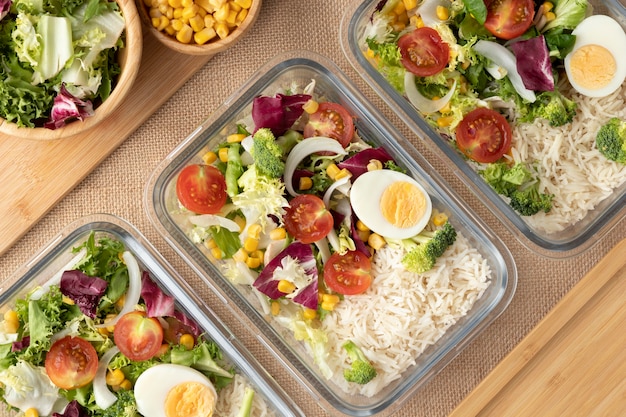
The Hormone-Friendly Meal Prep Blueprint (Beginner-Friendly)
Start simple. You don’t need to cook 21 meals at once. Focus on building balanced plates using whole, unprocessed ingredients.
1. Build Your Plate: The 3-Part Formula
Each meal should include:
Protein: Supports satiety and hormone production (e.g., chicken, tofu, lentils, eggs).
Healthy Fats: Essential for hormone synthesis (e.g., avocado, olive oil, nuts, seeds).
Fiber-Rich Carbs: Stabilize blood sugar and support gut health (e.g., quinoa, sweet potatoes, leafy greens, berries).
2. Choose Hormone-Supportive Ingredients
Focus on these food groups:
- Cruciferous vegetables: Broccoli, kale, and Brussels sprouts help metabolize excess estrogen.
- Omega-3 rich foods: Fatty fish, chia seeds, and walnuts reduce inflammation linked to hormonal imbalances.
- Complex carbohydrates: Oats, brown rice, and squash support serotonin and cortisol regulation.
- Probiotic foods: Yogurt, kefir, or sauerkraut improve gut health, which influences hormone balance.
3. Prep Smart: A 2-Hour Weekly Plan
Follow this simple timeline:
- Step 1: Plan (20 min) – Choose 3–4 recipes. Write your grocery list.
- Step 2: Shop (30 min) – Stick to the perimeter of the store (produce, proteins, dairy).
- Step 3: Cook (60–90 min) – Roast veggies, cook grains, grill proteins. Use sheet pans and slow cookers to save time.
- Step 4: Portion (15 min) – Divide meals into containers. Label with dates.
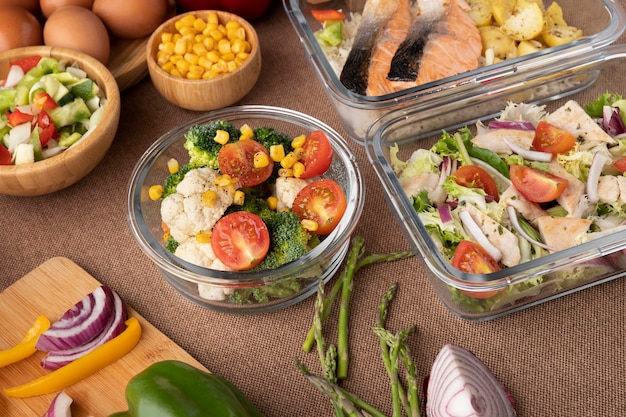
Track Your Progress: Simple Hormone-Friendly Habits
Tracking helps you stay consistent and notice subtle changes. Try these beginner-friendly methods:
- Food & Mood Journal: Note what you eat and how you feel (energy, cravings, mood) each day.
- Weekly Check-Ins: Rate your sleep, digestion, and stress on a scale of 1–5.
- Meal Prep Success Tracker: Mark days you eat prepped meals. Aim for 4+ per week.
- Hydration Tracker: Drink at least 8 cups of water daily. Hormones function best in a hydrated body.
Stay Motivated: Cues That Work
Motivation fades—cues keep you going. Try these:
- Visual Reminder: Place your meal containers in the fridge where you’ll see them first.
- Weekly Ritual: Set a recurring Sunday afternoon prep time. Pair it with music or a podcast.
- Small Wins: Celebrate completing your first week—even with just 3 prepped meals.
- Accountability: Share your progress with a friend or online community.
Common Pitfalls (And How to Avoid Them)
- Overcomplicating recipes: Stick to 5-ingredient meals at first.
- Forgetting variety: Rotate proteins and grains weekly to avoid burnout.
- Skipping snacks: Prep hormone-friendly snacks like apple with almond butter or Greek yogurt with berries.
- Not adjusting: If you’re constantly throwing food away, prep fewer meals.
Final Thoughts: Small Steps, Big Hormonal Shifts
Balancing your hormones doesn’t require drastic diets or expensive supplements. It starts with consistent, nourishing choices—and weekly meal prep is one of the most powerful tools you can use.
Begin with one day of prepped meals. Notice how you feel. Build from there. Over time, you’ll not only save time and reduce stress—you’ll support your body’s natural rhythm, boost energy, and create a strong foundation for lasting fitness and wellness.
Your hormones will thank you.









